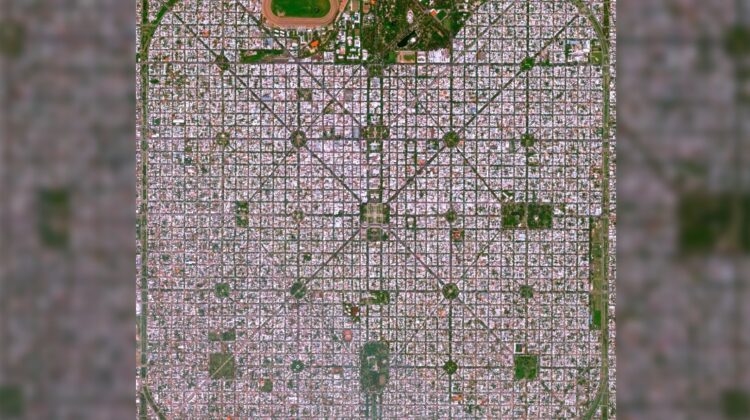
La Plata is a planned city in Argentina, created upon the urban planning paradigm of the late 19th century. It was designed in a very strict grid-pattern form, with many avenues and diagonals resulting in a quite satisfying geometric symmetry when seen from above.
The city was founded in 1880, after the city of Buenos Aires was declared the federal capital of Argentina. The government of the province of Buenos Aires decided to build a new capital city for the province, and they commissioned Pedro Benoit, a French architect and urban planner, to design it.

Benoit’s design for La Plata was based on the principles of rationalism and symmetry. He wanted to create a city that was both functional and aesthetically pleasing. The city’s grid pattern made it easy to navigate and provided ample space for parks and public squares.
One of the most striking features of La Plata is its many diagonals. These diagonals bisect the city’s grid pattern, creating a series of triangular and diamond-shaped blocks. The diagonals also serve to connect the city’s most important landmarks, such as the cathedral, the university, and the government buildings.

La Plata’s geometric symmetry is especially evident when seen from above. The city’s avenues and diagonals radiate out from the central plaza, creating a star-shaped pattern. This pattern is further accentuated by the city’s many parks and squares, which provide green spaces and gathering places for residents.
La Plata is a unique city in Argentina. Its geometric symmetry and well-planned layout make it a beautiful and fascinating place to visit.

Leave a Reply